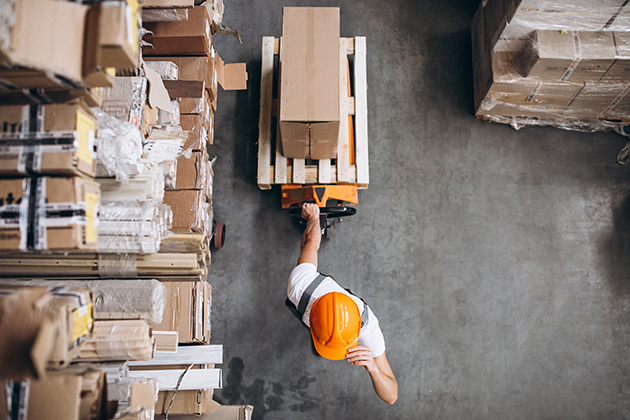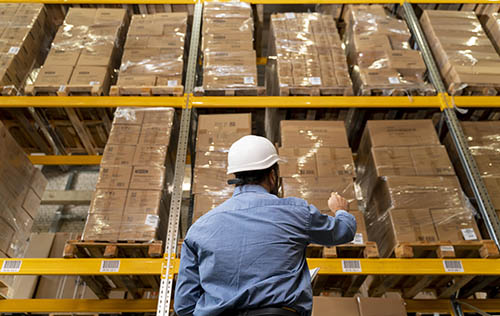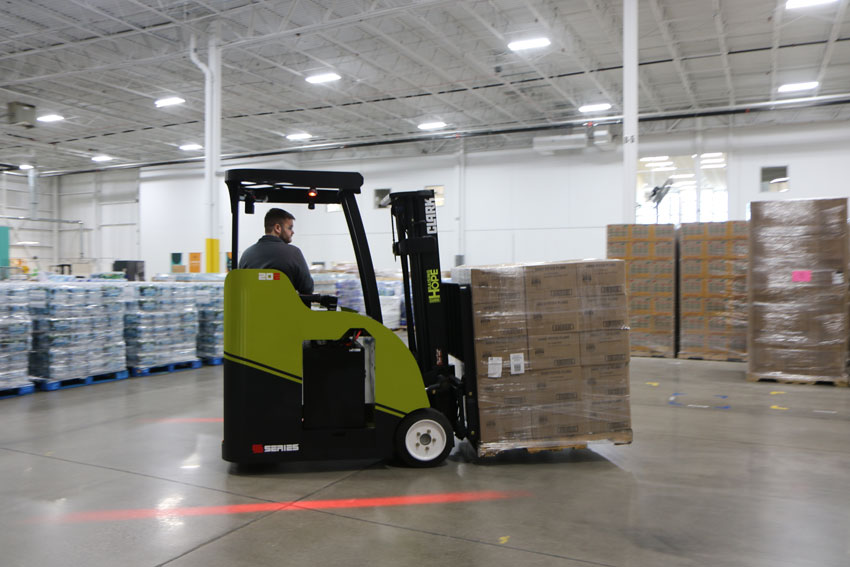
The Four Factors of Warehouse Design
The way your warehouse is designed can make or break efficiency, safety, and scalability.
“Your warehouse design can essentially help or hurt your operation,” says Jack Gerhardt, VP of Engineered Solutions at Burwell Material Handling. “Getting the design right from the start pays off in productivity, safety, and long-term flexibility.”
Whether you’re planning a new facility or rethinking your current one, here are the four factors of warehouse design every operations leader should focus on.
1. Facility Layout and Flow
The layout of your facility is the foundation for your warehouse performance.
A well-planned design reduces bottlenecks, minimizes travel time, and supports safer operations.
Best practices:
- Define zones for receiving, storage, picking, packing, and shipping
- Create efficient pathways to reduce congestion
- Use layout software to test and optimize designs
- Build in safety features like fire lanes, exits, and clear signage
- Plan for future expansion and automation upgrades
“It’s hard to think about the future when you’re evaluating your initial design, but creating space for flexibility means you ideally won’t need to tear down walls tomorrow when volumes grow,” Gerhardt says.

2. Inventory and Storage
How you store your inventory will directly impact your order accuracy and fulfillment speed.
Best practices:
- Segment inventory by velocity: Keep fast-movers closer to packing
- Choose the right system: Pallet racking, push-back racking, shelving, or bins
- Use slotting strategies to cut picking times
- Maximize vertical space with mezzanines or high-density storage
- Connect storage to a WMS for real-time tracking
“Think about how your storage strategies can make every pick faster and every replenishment smarter,” Gerhardt says.

3. Material Handling Equipment
From forklifts to AGVs, the right equipment will optimize your distribution and keep your products flowing.
Best practices:
- Match equipment to the job: forklifts for heavy loads, pallet jacks for short moves, AGVs for automation
- Design traffic routes to avoid congestion
- Consider conveyors, robotic arms, or sortation systems for high-volume facilities
- Prioritize regular maintenance to prevent downtime
- Train staff for safe, efficient use
“Your material equipment is only as good as the strategy behind it,” Gerhardt says. “Before you purchase any equipment, think about how they’ll actually fit the flow.”

4. Technology and Automation
Digital tools are essential to operating a warehouse equipped to face modern expectations, logistics, and challenges.
Best practices:
- Implement a Warehouse Management System (WMS) and an Enterprise Resource Planning (ERP) solution to unify data
- Use barcode and RFID tech for accuracy and speed
- Explore automation tools like robotic picking systems and smart conveyors
- Track performance metrics such as pick rate and order accuracy
- Deploy IoT sensors for predictive maintenance and environmental monitoring
“Today’s automated technologies give your team better tools so they can work safer and smarter,” Gerhardt says.
The Best Warehouse Design for You
Designing a warehouse is about balance and recognizing that everything works together to create a seamless operation. Facility layout, storage, equipment, and technology all connect. Ignoring one weakens the others.
“The best warehouse designs look down the road and incorporate where you plan to go,” Gerhardt says. “They anticipate growth, new technology, and evolving customer demands.”
By aligning these four factors, companies can reduce costs, increase throughput, and build warehouses that scale with their business.
FAQ: Four Factors of Warehouse Design
What are the four factors of warehouse design?
The four key factors are facility layout and flow, inventory and storage, material handling equipment, and technology and automation.
Why is warehouse layout important?
A good layout reduces time to move materials, prevents bottlenecks, and allows room for future growth.
How does technology improve warehouse design?
Automated technologies can improve accuracy, speed up picking, and enable predictive maintenance.
What role does equipment play in warehouse design?
The right equipment ensures goods move efficiently and safely, whether via forklifts, conveyors, or automated guided vehicles.
Ready to Find the Right Warehousing Solution for Your Business?
Ready to take your storage and logistics to the next level? Check out the links below for innovative warehouse solutions and reliable dock equipment.
